
Imagine the Unimaginable with MiRo Robotics & Technology
Imagine the Unimaginable with MiRo Robotics & Technology
MiRo is an autonomous and advanced robotic platform for research purposes and educational advantages. MiRo Robotics & Technology enables you to imagine the unimaginable and create socially engaging classroom experiences making learning a fun activity for every student. It is conceived to mimic friendly domestic animal-like behavior while serving as a highly specified, low-cost, flexible, easily programmable AI robotic platform for both researchers and students. If you want to create a collaborative and diverse classroom experience for everyone and anyone to get involved and learn, MiRo-E is the answer.
After enormous research and the incredible success of the developer version, MiRo-E is now available to schools all across the Middle East, especially Dubai, UAE.
MiRo is the first robot in a development program that intends to accelerate companion and social robotics research progress. It also aims to promote public engagement with robots, especially students, from the bottom up.

Why Is MiRo-E Suitable for Classrooms?
MiRo-E has powerful hardware optimized with 8-10 degrees of freedom, Bluetooth/Wi-Fi connectivity, and a wide sensor array. It renders unparalleled interaction with students within the classroom environment.
MiRo-E has a unique user-friendly interface that allows students to test their code on a simulated MiRo. Unlike other educational robots, MiRo-E’s engaging pet-like appearance immediately stimulates students’ imaginations. Colleges and universities across GCC have started using MiRo as a platform to teach STEM subjects, particularly digital technology and computing. It helps students code and implements creative ideas through a well-balanced multi-level learning experience.
What Does MiRo-E Do?
With six senses, an ingenious brain-inspired OS, and a simulation software package, MiRo-E is programmed to interact with humans using sound, light, and behavior. MiRo-E likes to be stroked and responds to sounds. It can also see everything around and likes movement. Above all, MiRo-E can be easily programmed to do much more.
What Else Is MiRo-E Useful for?
Multiple colleges and universities across UAE are using MiRo-E for assisting with:
- Special Educational Needs (SEN) in adults and children
- Sophisticated research into hacking robots or performing custom programming
Recommended Age Group to Use MiRo-E
- MiRo-E can be used as a classroom pet in early school learning in the pastoral care model, enabling a journey of healing and wholeness among students. It can help support students younger than 7 years, in their natural progression and facilitates the development of their social skills, self-esteem, and ability to cope with stress.
- The simple-to-grasp MiRoSim interface can be used for teaching primary school students ranging from 7 years to 11 years of age.
- In secondary schools, MiRo-E is used to learn to write and implement programs using C++, Blockly, and Python programming languages by kids older than 11 years of age.
Schools and colleges across UAE encourage students below age 7 to interact primarily with the physical MiRo-E while older students utilize the MiRo educational interface for an incredible learning experience by practicing robotic coding and exploring complex research and behaviors.
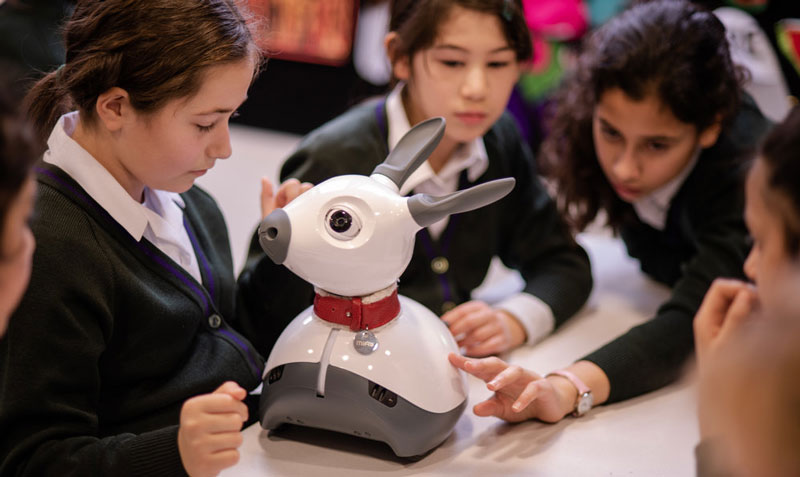
MiRo-E’s Key Highlights
- Exhibits pet-like behavior and is ready to work straight out of the box in demonstration mode.
- Flexible enough to be used in primary school and high-level research labs.
- MiRo-E is engineered for educational purposes, especially learning robotic coding from basics to a high level.
- Browser-based Gazebo App allows simulating MiRo’s behavior on screen, reducing the need of having more than one MiRo per classroom since the whole class can work on programming.
- Friendly and emotionally engaging personality
- Imitates a small pet’s behavior using state-of-the-art Biomimetic AI technology by responding to sounds, wagging its tail and moving its ears when stroked.
- Possess a powerful Raspberry Pi B 3+ processor
- Fully programmable, upgradeable, and serviceable
- Communicates using Bluetooth/Wi-Fi/USB
MiRo-E’s is an engaging, pet-like educational robot that stands out from the crowd and stimulates students’ imaginations, helping them learn how to code, transform their imaginative ideas through the highly featured platform into reality.
Educational institutions across the Middle East, especially in Dubai, UAE are using MiRo-E as an excellent robotic device for any level of education, starting from early school learning to University.

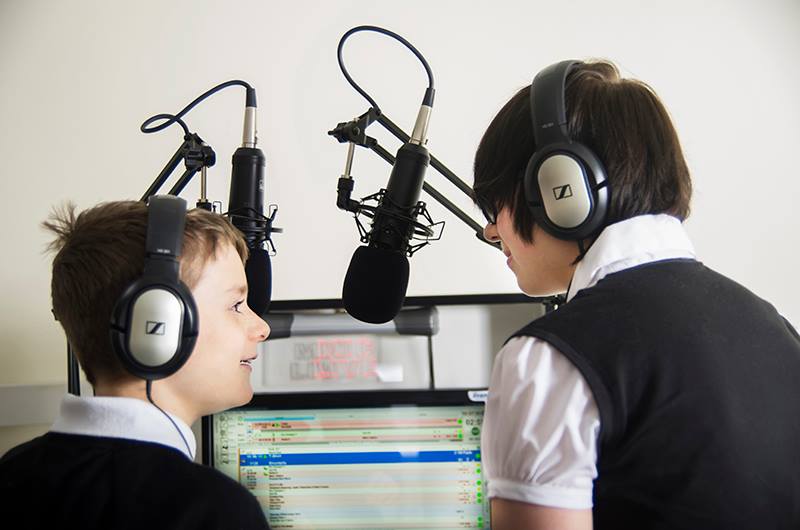



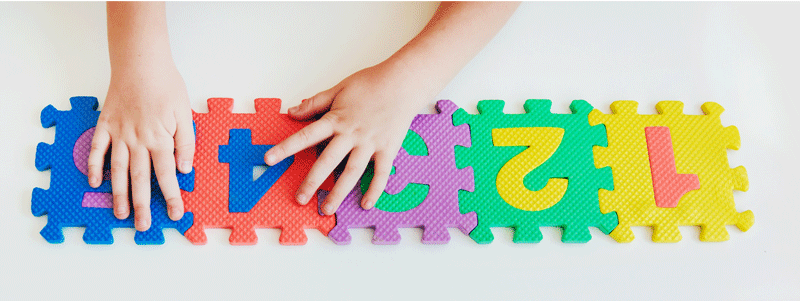




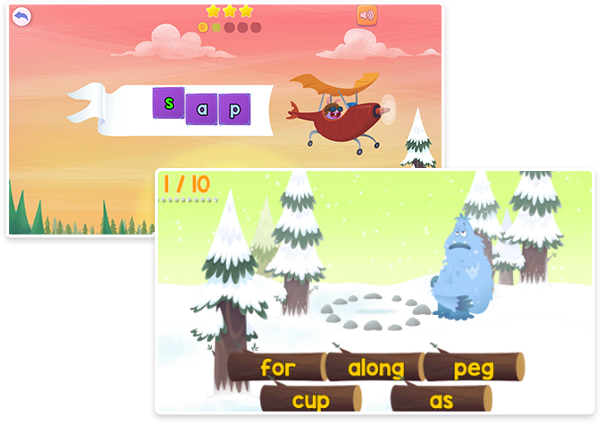
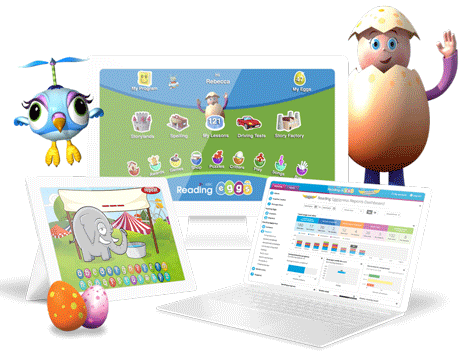




Recent Comments